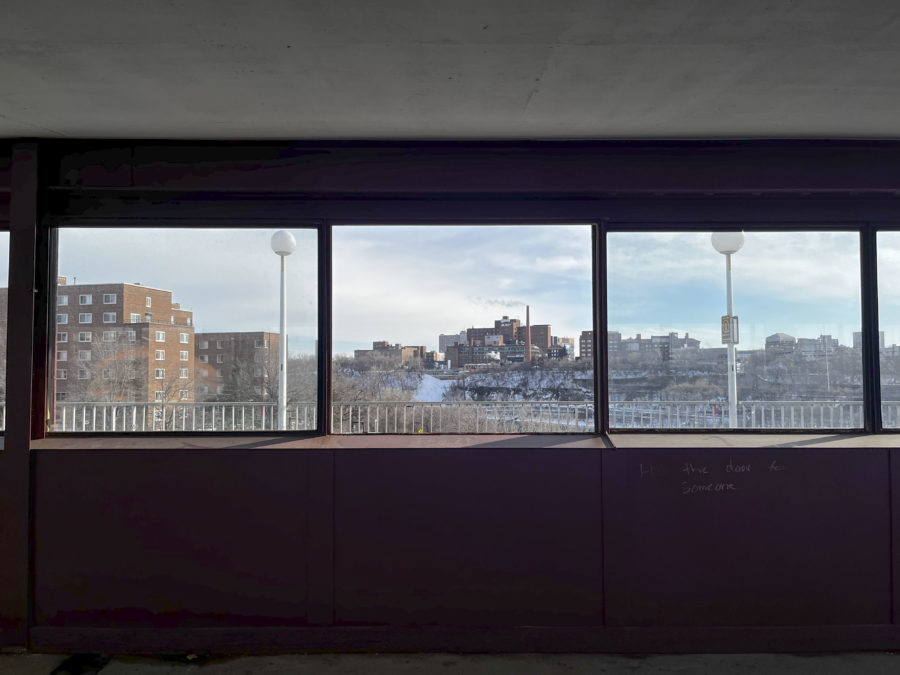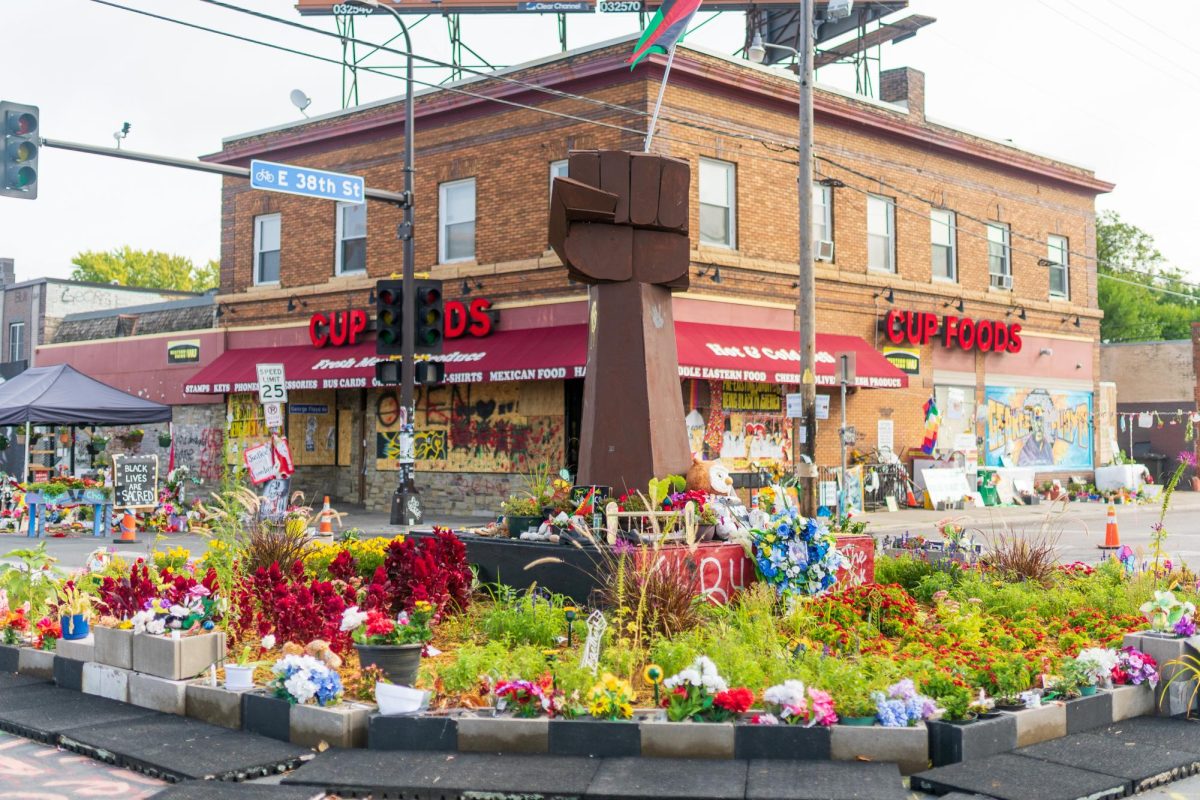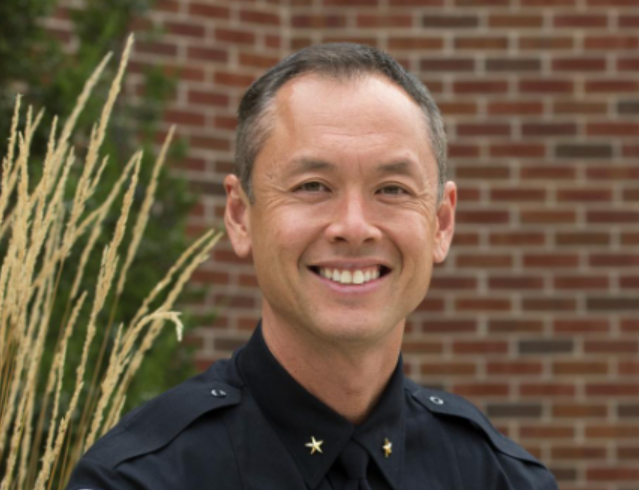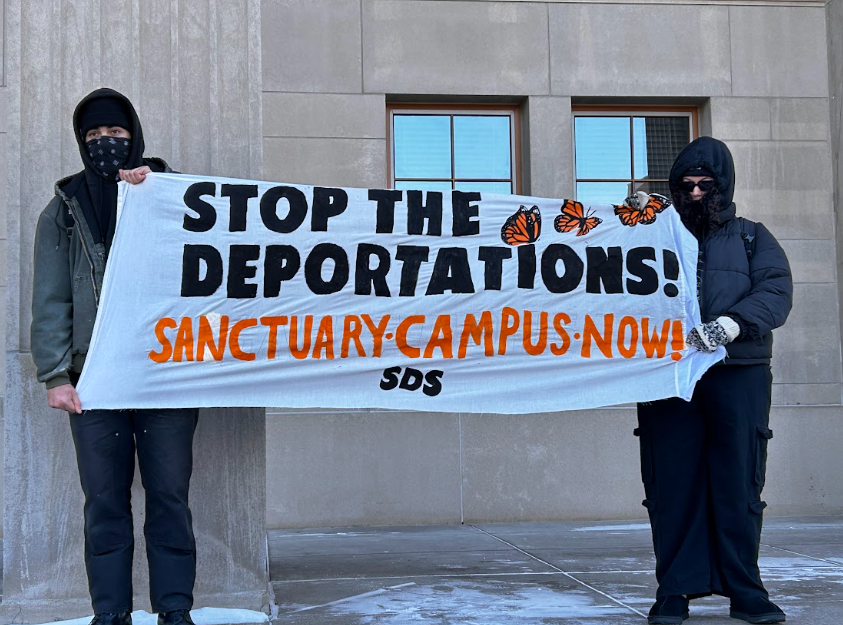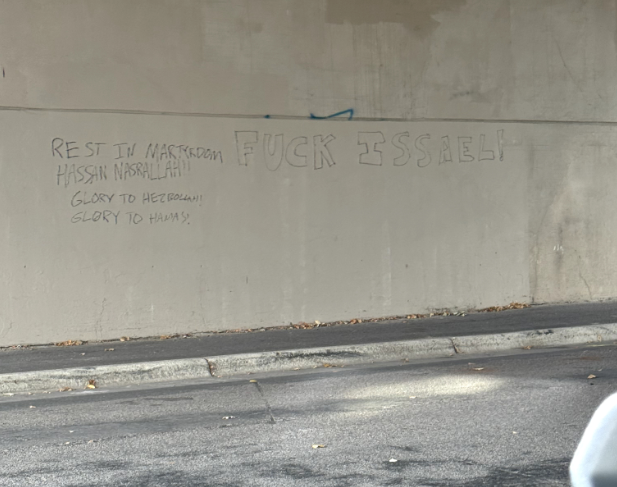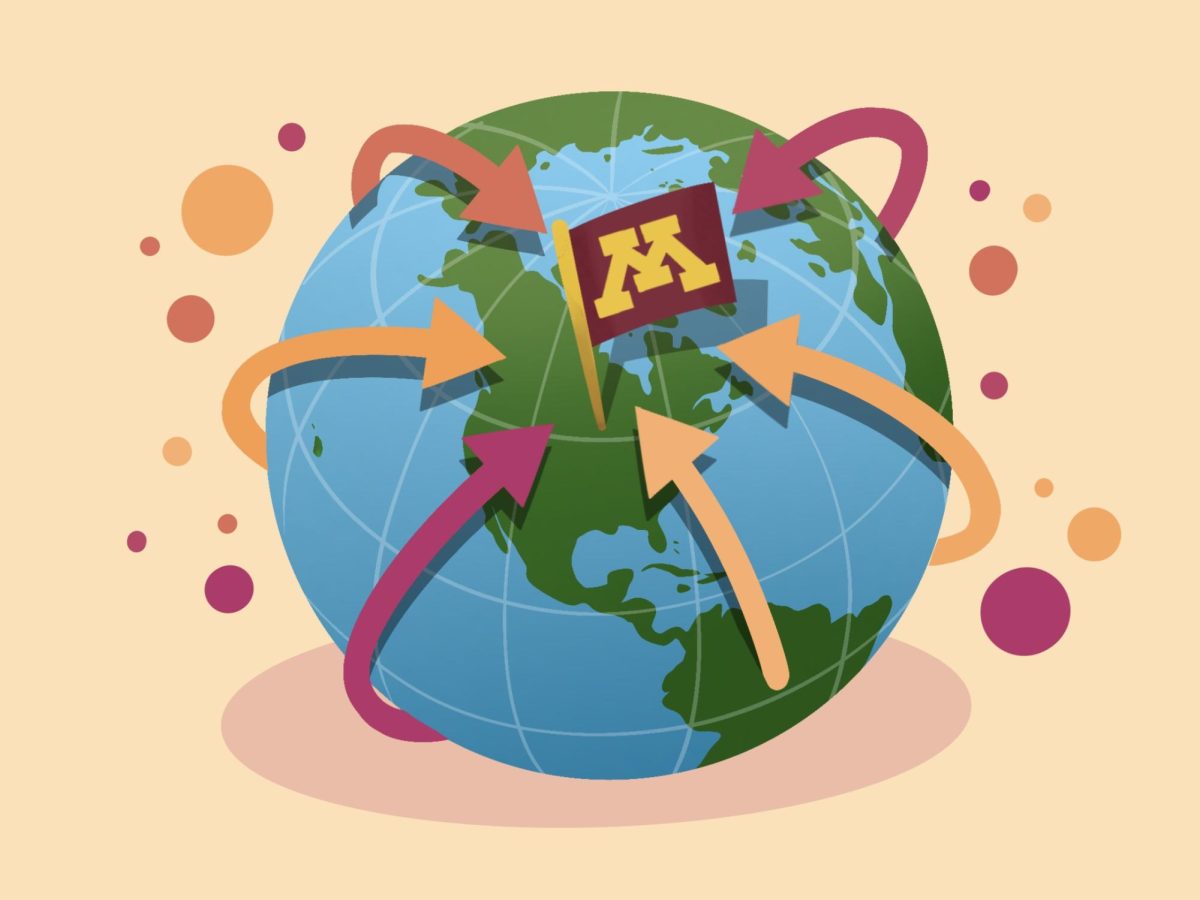On Feb. 12, the University of Minnesota Police Department (UMPD) responded to a report of property damage in progress on the pedestrian level of the Washington Avenue Bridge.
The next day, UMPD arrested Michael Walter Kimber, 37, on suspicion of damaging the windows lining the sheltered part of the bridge using a club, blackjack or brass knuckles, according to a UMPD police report.
Ethan Polcyn, a third-year student at the University, was taking a late-night stroll when he heard about the Washington Avenue Bridge and the broken windows on the police scanner. He went to the bridge to check out the damage.
“When I first showed up, I didn’t notice anything at first because it [the damage] was primarily on the south side of the bridge,” Polcyn said. “As I walk, I start seeing broken glass on the ground because with the lights, I could kind of see it shining, and then I just saw window after window after window shattered.”
The Washington Avenue Bridge connects the University’s East Bank campus to the West Bank campus above the Mississippi River.
In total, 47 windows were damaged, according to a tweet by the University’s Department of Public Safety. University Facilities Management estimated the total clean–up and replacement of the broken windows will cost more than $50,000.
Lara Newton, a second-year student at the University, noticed the broken windows on Feb. 13 while walking to her class on West Bank.
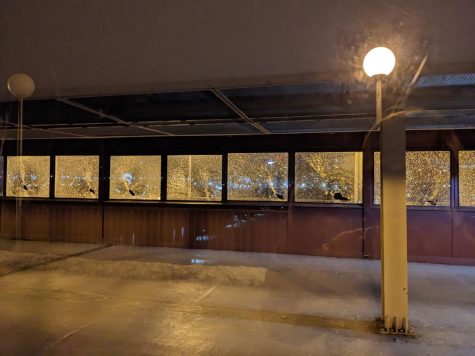
“On my way to class, I noticed almost right away that a couple of the windows were completely cracked,” Newton said. “It looked like something was thrown at each of them because there was a big impact spot at the center.”
Newton said there was broken glass across both the north and the south sides of the bridge.
Both Polcyn and Newton said they were surprised the University did not send out an email, advisory alert or SAFE-U alert to notify students of the damage or the broken glass on the walkways.
“After seeing all of the broken windows, I was expecting to hear about it everywhere,” Newton said. “I kept asking my friends if they saw or heard about all of the damage, but no one did.”
Andria Waclawski, assistant director of Public Relations at the University, said the University did not send out communication about the damage to the bridge because “there wasn’t a safety concern, disrupted access or other community impacts.”
Polcyn and Newton both said they were still curious about what happened to the bridge and would have liked to hear from the University.
“I was waiting for the University to send out an email explaining what happened and when it would be fixed, but I never saw something like that,” Newton said. “I am still a little curious about what happened, so I wish [the University] would have sent something out.”


